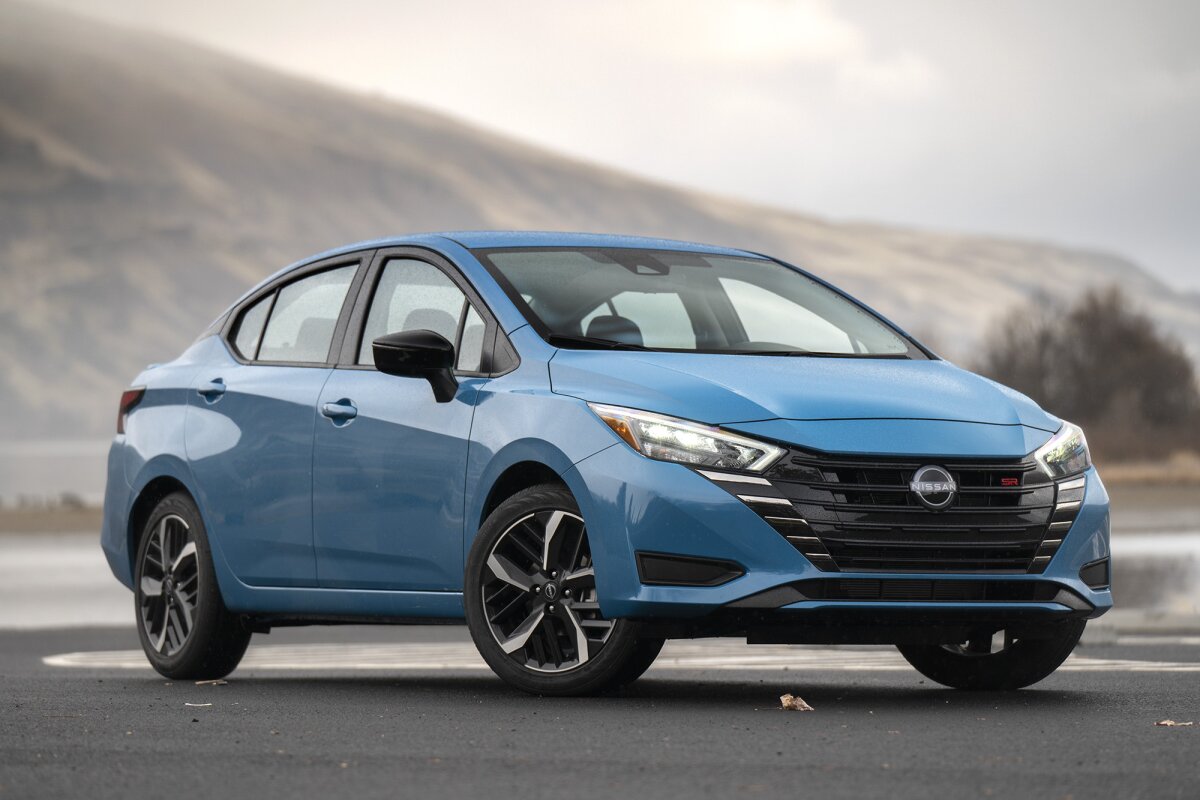Compact cars are a staple of modern urban mobility. With rising fuel costs, crowded city streets, and a growing focus on sustainability, more drivers are turning to smaller vehicles that promise efficiency without sacrificing quality.
But not all compact cars deliver the same experience when it comes to interior comfort. While their exterior dimensions may be similar, the interior layout, design innovation, and material quality can vary significantly.
Some models punch above their weight, offering a surprisingly spacious and luxurious ride, while others fall short, feeling tight, uncomfortable, and ill-suited for long drives or daily commutes.
In this article, we aim to explore both sides of the compact car comfort equation. We’ll start by highlighting five compact cars that defy expectations with roomy cabins, supportive seating, and smart ergonomics — vehicles that make every mile feel relaxed rather than restricted.
Then, we’ll shift gears to examine five compact cars that disappoint in the comfort department, where cramped legroom, hard seats, and awkward layouts can leave drivers and passengers alike feeling confined.
Whether you’re shopping for your next car or just love staying informed about automotive trends, understanding which compacts excel — and which ones lag — in comfort can make all the difference in your driving experience.
Also Read: 5 Cars With Fuel-Saving Features That Work and 5 That Don’t Help
5 Compact Cars With Big Comfort
Compact cars often carry the reputation of being practical but somewhat limited in terms of comfort — an acceptable trade-off for fuel efficiency and maneuverability.
However, a select few models break this stereotype by offering a surprising amount of space, thoughtful design, and premium features typically reserved for larger sedans or even entry-level luxury vehicles.
These standout compact cars prove that “small” doesn’t have to mean “sacrificed comfort.” In fact, many automakers have invested heavily in cabin engineering, ergonomic innovation, and sound insulation to ensure that their compact models deliver an experience that rivals larger vehicles.
With today’s consumers expecting more from their vehicles — whether for a lengthy commute, a weekend getaway, or just the daily school run — comfort is no longer a luxury but a necessity.
That includes more supportive seats, ample legroom and headroom for both front and rear passengers, intuitive infotainment systems, and climate control that doesn’t make rear passengers feel forgotten. It also includes smart interior layouts that make clever use of space and high-quality materials that elevate the overall in-cabin feel.
In this section, we highlight five compact cars that punch well above their weight when it comes to comfort. These vehicles stand out not just for offering generous space, but for how they deliver it — through innovation, intelligent design, and a commitment to driver and passenger satisfaction.
Whether you’re a tall driver tired of brushing your head against the ceiling, or a family that needs space for growing kids without jumping to a crossover, these compact cars prove that comfort doesn’t require a larger footprint — just smarter engineering.
1. Honda Civic
The Honda Civic has long been a benchmark in the compact car segment, and in its latest iterations, it continues to impress — not just with reliability and fuel efficiency but also with interior comfort that rivals mid-size cars.
The Civic offers a spacious cabin with refined materials, ample legroom, and well-bolstered seats designed to support long-distance driving. Whether you’re in the front or back, there’s enough headroom and shoulder room to avoid that cramped feeling many compact cars suffer from.
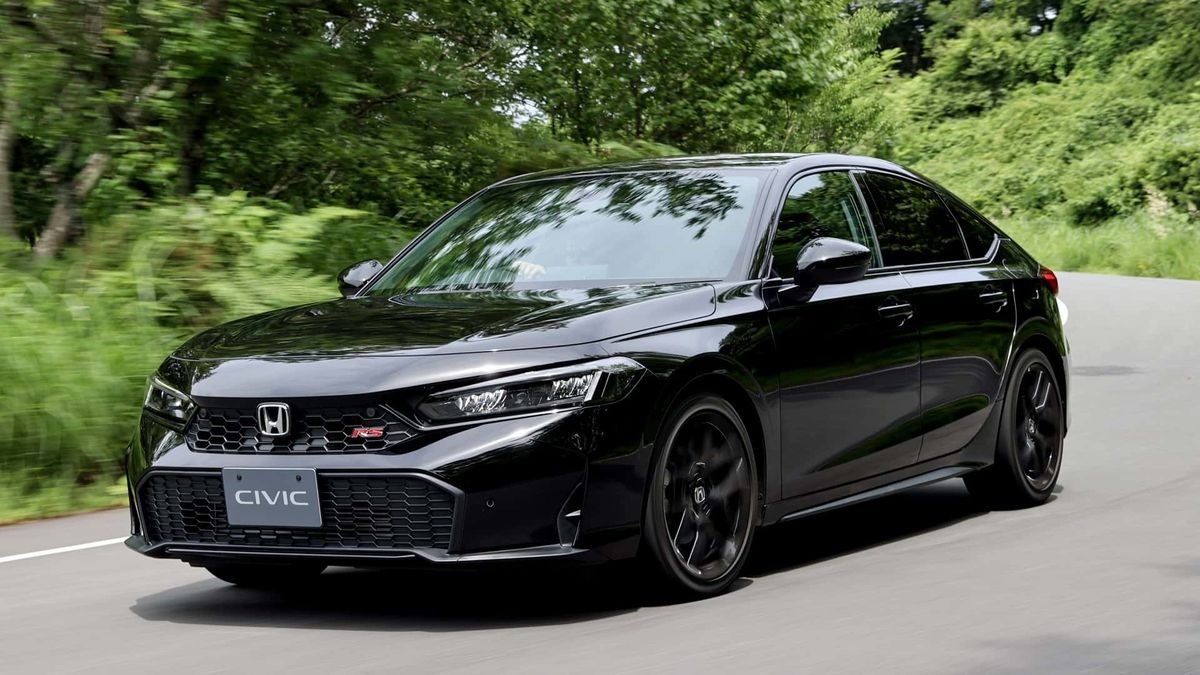
Honda’s engineers have optimized the Civic’s interior layout to feel airy and open. The minimalist dashboard and slim A-pillars enhance forward visibility, reducing driver fatigue.
Rear passengers are treated to nearly 37 inches of legroom, which is rare in this segment. The seating position is low yet natural, and even taller drivers find it easy to get comfortable behind the wheel.
Beyond space, the Civic offers thoughtful comfort touches — like dual-zone climate control, a noise-insulated cabin, and available leather-trimmed seats. The suspension is tuned to absorb bumps without feeling floaty, making it ideal for daily commutes or long highway drives.
Add in Honda’s user-friendly infotainment system and advanced driver assistance features, and you’ve got a compact car that feels built for comfort in every sense.
For buyers who want compact efficiency without giving up on creature comforts, the Honda Civic hits a sweet spot. It’s a prime example of how smart design and engineering can make a small car feel big on comfort.
2. Hyundai Elantra
The Hyundai Elantra is another standout in the compact segment that goes above and beyond to deliver a surprisingly comfortable ride.
Redesigned with bold styling and increased dimensions, the Elantra doesn’t just look more upscale — it feels it too, especially from behind the wheel or in the rear seats. Hyundai has clearly invested in making the Elantra feel like a class-above experience, without inflating the price tag.
One of the Elantra’s most impressive features is its spacious interior. Offering over 38 inches of rear legroom, it provides more space than some mid-size sedans.
This makes it an excellent option for families, ride-share drivers, or anyone who regularly carries adult passengers in the back seat. Front-seat occupants benefit from well-contoured, supportive seats that offer a comfortable driving position even during long hours on the road.

In addition to generous roominess, the Elantra delivers comfort through premium features rarely seen at this price point.
Available heated and ventilated front seats, a leather-wrapped steering wheel, dual-zone climate control, and ambient interior lighting create a refined, relaxing environment. Hyundai has also focused on reducing noise, vibration, and harshness (NVH), resulting in a cabin that remains impressively quiet — especially on the highway.
Ride quality is smooth and composed, thanks to a well-tuned suspension that balances responsiveness with isolation from road imperfections. The Elantra’s infotainment system is intuitive, with an optional 10.25-inch touchscreen and wireless Apple CarPlay and Android Auto.
Overall, the Elantra is a compelling choice for comfort-conscious buyers looking for luxury-level touches in a compact footprint.
3. Mazda3
The Mazda3 redefines what a compact car can be by blending upscale refinement with a driver-focused approach, and comfort is one of the areas where it truly shines. Unlike many vehicles in its class, the Mazda3 offers a premium interior that rivals some entry-level luxury sedans — both in terms of materials and design.
Every detail, from the layout of the dashboard to the feel of the knobs and switches, is crafted with a level of care that elevates the overall experience.
What sets the Mazda3 apart is its quiet, composed cabin. Mazda has employed extensive sound insulation and premium materials to reduce road and wind noise, creating a more serene environment.

The seats are among the best in the segment — firm yet supportive, with excellent lumbar support and a natural seating posture that reduces fatigue on longer drives. The front seats also offer heating, and in higher trims, even leather upholstery and a power-adjustable driver’s seat.
The ride quality leans toward sporty, but it’s far from harsh. Mazda’s G-Vectoring Control Plus system subtly adjusts engine torque during turns to enhance stability and reduce body motion — a tech feature that translates into smoother, more confident driving and added comfort for passengers.
The rear seats, while slightly tighter than the class leaders in legroom, are still comfortable for adults thanks to generous seat cushioning and excellent back support.
With its refined interior, smart layout, and responsive yet composed ride, the Mazda3 offers a level of comfort that’s hard to find in compact cars. It’s an ideal pick for drivers who want their car to feel both engaging and relaxing.
4. Volkswagen Golf
The Volkswagen Golf has long been celebrated for its practical design, European flair, and solid driving dynamics — but where it often surprises people is in how comfortable it is for both driver and passengers.
Despite its compact dimensions, the Golf manages to feel roomy and well-appointed, making it a top choice for those who value comfort but don’t want to step up to a larger vehicle.
Step inside the Golf, and the first thing you’ll notice is how intelligently the space is used. The seating position is upright and ergonomic, giving the driver excellent visibility and easy access to all controls.

Front seats are supportive and well-shaped, with plenty of headroom and legroom for taller occupants. Rear-seat passengers are equally well cared for, enjoying good space for knees and heads — a rarity in this class, especially with a hatchback body style.
The interior design is understated but elegant, with high-quality materials and soft-touch surfaces throughout. Even in base trims, the Golf feels more premium than most competitors. The quiet cabin benefits from solid build quality and effective insulation, muting road and wind noise even at highway speeds.
Comfort in the Golf also comes from its smooth, composed ride. The suspension is tuned for European-style balance, soaking up road imperfections without feeling floaty. It handles confidently yet doesn’t compromise comfort, making it ideal for both urban traffic and longer highway journeys.
For those who want a refined and genuinely comfortable compact car with hatchback practicality, the Volkswagen Golf remains a standout — offering both form and function in equal measure.
5. Toyota Corolla
The Toyota Corolla has been a household name for decades, and for good reason. Known primarily for its reliability and affordability, the latest generation of the Corolla adds another feather to its cap: genuine comfort.
Toyota has gone to great lengths to refine the Corolla’s interior, making it more inviting, spacious, and relaxing than ever before. This isn’t just a car that gets you from point A to point B — it makes the journey more pleasant, especially for everyday driving.
Inside the Corolla, you’ll find a surprisingly spacious cabin with a clean, functional design. The seats are wide and plush with just the right amount of firmness, providing support for both short city drives and longer highway cruises.
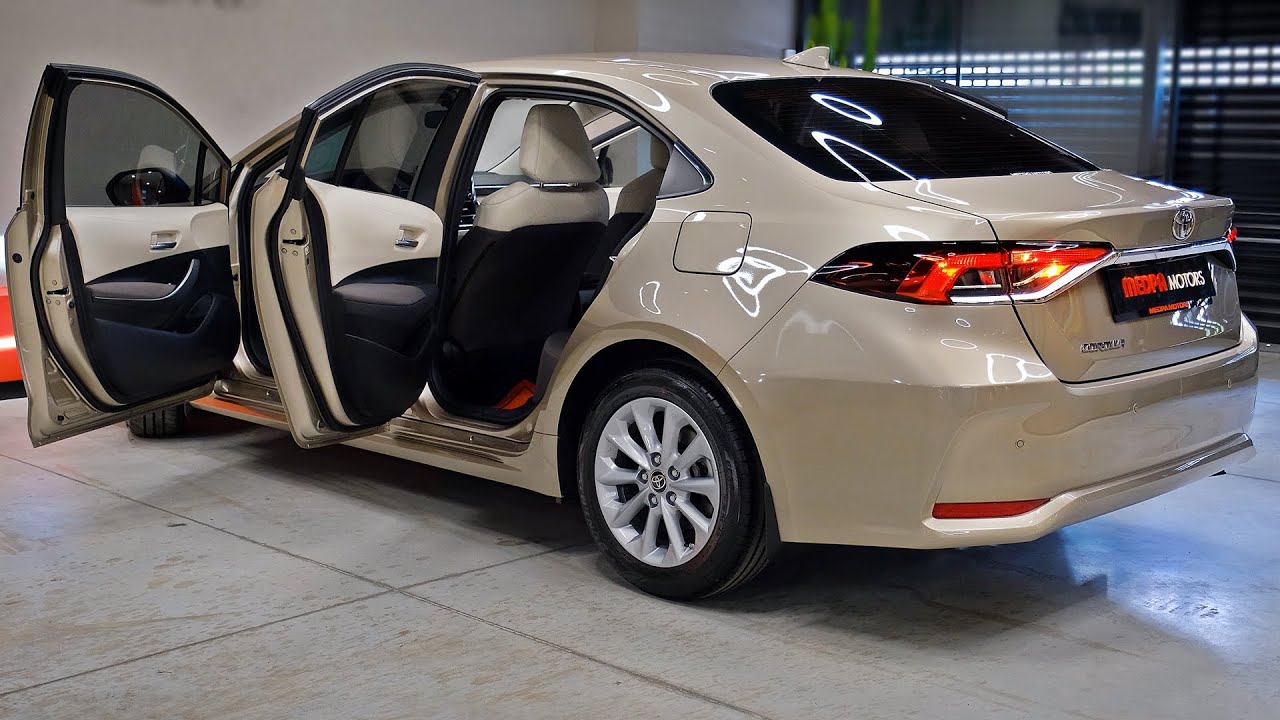
The front seats offer solid adjustability, while rear passengers enjoy generous legroom and a seating angle that doesn’t feel upright or cramped. For a compact sedan, this rear-seat comfort is a standout feature.
Toyota has also equipped the Corolla with a suite of comfort-enhancing features, including automatic climate control, a quiet cabin enhanced by sound-deadening materials, and available options like heated seats and a power moonroof. Even in lower trims, the materials feel substantial, with soft-touch surfaces and thoughtful attention to detail.
The ride quality is another strength. The Corolla glides smoothly over road imperfections thanks to a well-tuned suspension that prioritizes stability and comfort. Road noise is minimal, and the cabin stays serene at highway speeds — a testament to Toyota’s engineering focus on refinement.
The Toyota Corolla remains one of the most well-rounded options in the compact segment for drivers seeking a reliable, budget-friendly car that doesn’t skimp on comfort.
5 Compact Cars That Feel Cramped
Compact cars are often praised for their efficiency, maneuverability, and affordability, making them a logical choice for many drivers, especially in urban environments. However, one trade-off that’s hard to ignore is space — and some models take this compromise a bit too far.
While some compact cars manage to stretch their interior space cleverly, others fall short, offering cabins that feel tight, restrictive, and ultimately uncomfortable for both drivers and passengers.
In today’s market, consumers expect more even from small vehicles. Whether it’s a daily commute, weekend road trip, or simply running errands around town, comfort matters. Cramped interiors, limited legroom, narrow rear seats, and minimal headspace can make even short journeys feel tedious.
For families, tall passengers, or anyone who regularly drives with multiple occupants, a lack of space can quickly become a dealbreaker. And it’s not just about physical room — comfort also depends on the layout, seating support, cabin noise, and how usable the space actually is.
In this section, we’ll take a closer look at five compact cars that fall short when it comes to comfort. These models might deliver in terms of styling, features, or fuel economy, but they leave occupants wishing for more space or a more thoughtful design.
Our selections are based on real-world usability, passenger feedback, and expert reviews that highlight just how much of a difference an extra inch — or better ergonomics — can make.
If you’re considering a compact car but want to avoid that claustrophobic feeling, knowing which models tend to feel cramped can help steer you toward a smarter, more satisfying purchase.
1. Toyota Yaris
While the Toyota Yaris has earned a reputation for being reliable, fuel-efficient, and easy to maneuver in tight spaces, it comes with a significant downside: an interior that feels noticeably cramped, especially when compared to its rivals.
As a subcompact car trying to compete in the compact segment, the Yaris struggles to offer the kind of space and comfort many drivers expect today.
Up front, the cabin is snug. Taller drivers may find headroom and legroom to be limiting, especially if the seat is positioned for a more upright posture.
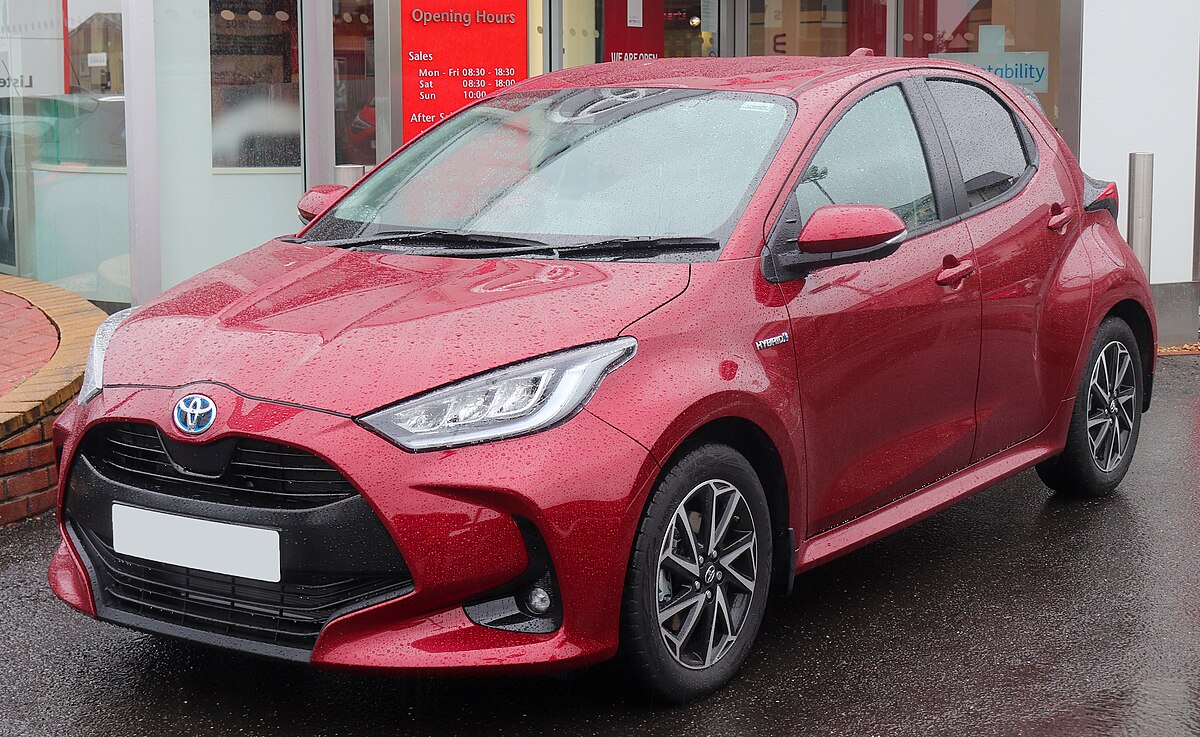
The front seats themselves are on the smaller side and offer minimal support, which can become uncomfortable on drives longer than 30 minutes. Rear passengers, meanwhile, get the short end of the stick — the back seat has very limited legroom and a steep seatback angle that makes longer trips particularly unpleasant.
Storage space is also tight, with a small trunk and minimal interior cubby storage, making it difficult for passengers to stow personal items without cluttering the cabin. While Toyota tried to give the Yaris a modern edge with touchscreen infotainment and upgraded materials in recent models, these additions can’t distract from the limited real estate available inside.
Ultimately, the Yaris works best as a city runabout for solo drivers or couples without frequent passengers. But for anyone prioritizing comfort, especially with multiple occupants or longer drives, it falls short. Its tight quarters make it one of the more cramped options in the compact and subcompact car market.
2. Nissan Versa
The Nissan Versa has long appealed to budget-conscious buyers with its low price point, decent fuel economy, and updated styling. However, despite recent improvements, one area where it still lags behind is interior comfort — especially when it comes to space.
On paper, the Versa offers acceptable interior dimensions, but in real-world use, the cabin often feels more confining than the spec sheet suggests.
The front seats are positioned fairly close to the dashboard, and while there is enough legroom for average-sized drivers, taller individuals may struggle to find a comfortable driving position.

The seats themselves are flat and minimally bolstered, providing little support for long trips. Compounding this is a lack of adjustable lumbar support and limited seat travel, which can quickly lead to driver fatigue.
The rear seats are even more of a concern. Though Nissan claims competitive legroom, the rear bench is tight — particularly for adults. Headroom is constrained by the sloping roofline, and three passengers across the back seat is a tight fit, even for shorter journeys. The narrow cabin width and small windows add to the claustrophobic feel.
Storage is also limited inside the cabin, with small door pockets and a cramped center console that barely holds daily essentials. The trunk is a decent size, but that doesn’t compensate for the overall lack of passenger comfort.
While the Versa offers value and simplicity, buyers should be aware that its compact size comes with real comfort compromises. For those who routinely carry passengers or value spaciousness, it may prove too tight to satisfy.
3. Fiat 500
The Fiat 500, a stylish and iconic city car, is undeniably fun to drive, but when it comes to comfort, it’s a bit of a tight squeeze. With its small dimensions and retro design, the 500’s interior is compact in the truest sense — and not always in a way that benefits passengers.
While it’s an excellent choice for urban environments and those who prioritize maneuverability, the cramped cabin is a downside that should not be overlooked.
Up front, the Fiat 500 offers only limited space. The seats are narrow, and taller drivers or passengers may find their legs awkwardly cramped, especially if they have to sit for any extended period of time.
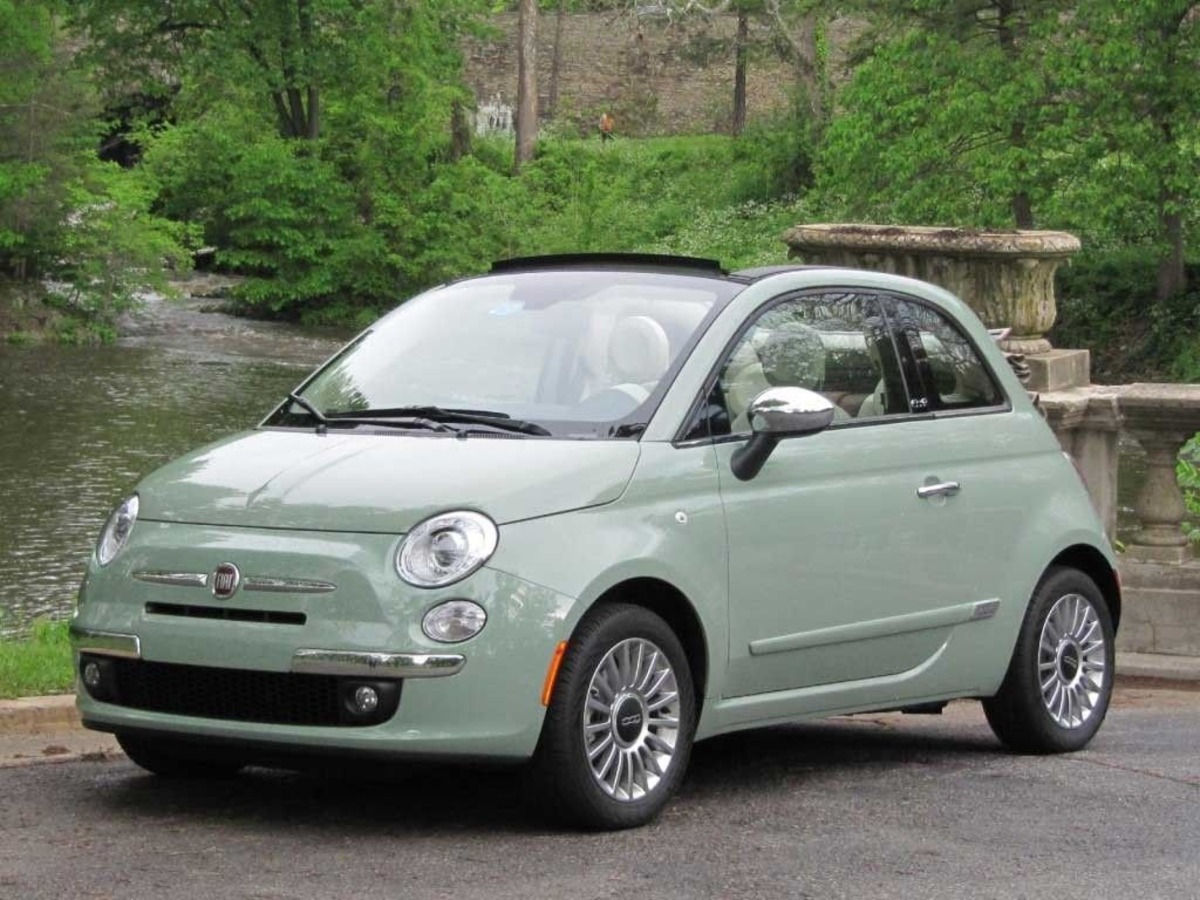
The driving position is low, and while some may find it cozy, others may feel restricted, with the steering wheel and pedals positioned in a way that feels more suited to smaller individuals. Additionally, the cabin is narrow, which may make drivers feel somewhat confined, even with the adjustable seat options.
The rear seats are practically unusable for adults, with minimal legroom and headroom. Even small children or occasional passengers will feel cramped.
The rear compartment is more suitable for groceries or bags rather than people, limiting the car’s practicality when it comes to carrying passengers. The trunk, too, is on the smaller side, further diminishing the Fiat 500’s ability to accommodate anything more than basic necessities.
While the Fiat 500 shines in terms of its city-friendly nature and quirky design, its interior is not built for comfort — especially when compared to more spacious competitors in the compact segment.
4. Chevrolet Spark
The Chevrolet Spark is another subcompact car that has earned praise for its affordable price tag and maneuverability, but when it comes to comfort, it struggles to meet expectations. The Spark is undeniably small, and while that contributes to its agility in tight spaces, it also means passengers may feel crowded, especially on longer journeys.
Up front, the driver’s seat is basic and doesn’t offer much in terms of adjustability or support. The seating position is relatively upright, which might be acceptable for short city trips but becomes uncomfortable on longer drives due to lack of lumbar support and minimal cushioning.
Taller drivers may find themselves too close to the steering wheel, making it difficult to achieve a relaxed, ergonomic driving posture.

The rear seats are where the Spark really starts to show its cramped nature. With just 35.3 inches of rear legroom, it’s a tight squeeze for even average-sized passengers. The narrow cabin further restricts space, making it challenging for passengers to sit comfortably in the back.
Anyone taller than average will likely feel the pinch, with knees pressed uncomfortably against the front seats. The rear bench is also hard, offering little in terms of comfort for passengers.
Additionally, while the Spark offers a small trunk, the space is limited, leaving little room for extra luggage or larger items. For those looking for a car that can comfortably accommodate passengers and their gear, the Spark’s tiny cabin is a notable drawback.
In short, while the Chevrolet Spark is an affordable and efficient city car, it doesn’t provide the level of comfort that many drivers expect, especially when it comes to space for both front and rear passengers.
5. Honda Fit
The Honda Fit is a car that’s often praised for its versatility and clever use of space, but when it comes to comfort, it can feel a bit cramped — especially for taller drivers or passengers. Despite its reputation for being a functional, compact car with a surprising amount of cargo space, the Fit’s interior design sacrifices some passenger comfort in favor of practicality.
Up front, the driver’s seat offers an upright seating position, which can feel constrictive on longer drives. While the seat itself is adjustable, there’s limited adjustability in terms of lumbar support, which can lead to discomfort on extended trips.
Taller drivers often find that their knees are a bit too close to the dashboard, making it harder to stretch out and relax behind the wheel. The overall sense of space in the front isn’t as airy as other compact cars, and the tight quarters can start to feel oppressive, especially in the winter when bundled up in coats.

The rear seats, while roomy in terms of overall legroom, are positioned high, which limits headroom for taller passengers. This means that passengers in the back can feel squeezed, particularly on long drives.
The rear bench also lacks cushioning and can feel firm and uncomfortable, with minimal thigh support. For a subcompact, the Fit’s rear cabin is usable but not ideal for adults on extended journeys.
While the Fit’s “Magic Seat” system offers great flexibility for carrying cargo, it doesn’t do enough to compensate for the cramped feeling passengers experience in the cabin. For those who prioritize comfort, the Fit may not be the most pleasant choice.
In the world of compact cars, comfort is often a tricky balance to strike. These vehicles are prized for their efficiency, affordability, and ease of maneuverability — particularly in urban environments.
However, while some compact cars manage to offer a surprisingly spacious, comfortable experience, others can leave passengers feeling cramped and constrained.
The models highlighted in this article illustrate the wide spectrum of comfort available within the compact car segment, from those that excel in providing ample space and features to those that fall short in terms of both design and practicality.
On the positive side, cars like the Honda Civic, Hyundai Elantra, and Mazda3 prove that compact doesn’t have to mean uncomfortable.
These vehicles combine intelligent design with thoughtful engineering, offering generous space for both front and rear passengers, smooth ride quality, and premium features that make daily driving and longer trips more enjoyable.
Whether it’s the Civic’s airy cabin, the Elantra’s refined interior, or the Mazda3’s luxury-like feel, these models show that compact cars can be both efficient and comfortable.
On the other hand, models like the Toyota Yaris, Nissan Versa, and Fiat 500 serve as reminders that not all compact cars are created equal when it comes to space. These cars may offer value and ease of use, but their tight cabins, limited legroom, and uncomfortable seating arrangements can make even short trips feel like a hassle.
For buyers looking to maximize comfort in a compact vehicle, these models may not offer the kind of space or ergonomic design that would make driving more pleasurable.
Ultimately, the choice between comfort and compactness comes down to what you value most. If comfort is a priority, it’s worth considering models that go the extra mile in creating a spacious, refined cabin.
However, for those seeking budget-friendly options, understanding the limitations of certain compact cars can help avoid discomfort down the road.
Also Read: 5 Cars That Work Well With Trailers and 5 That Struggle to Tow

